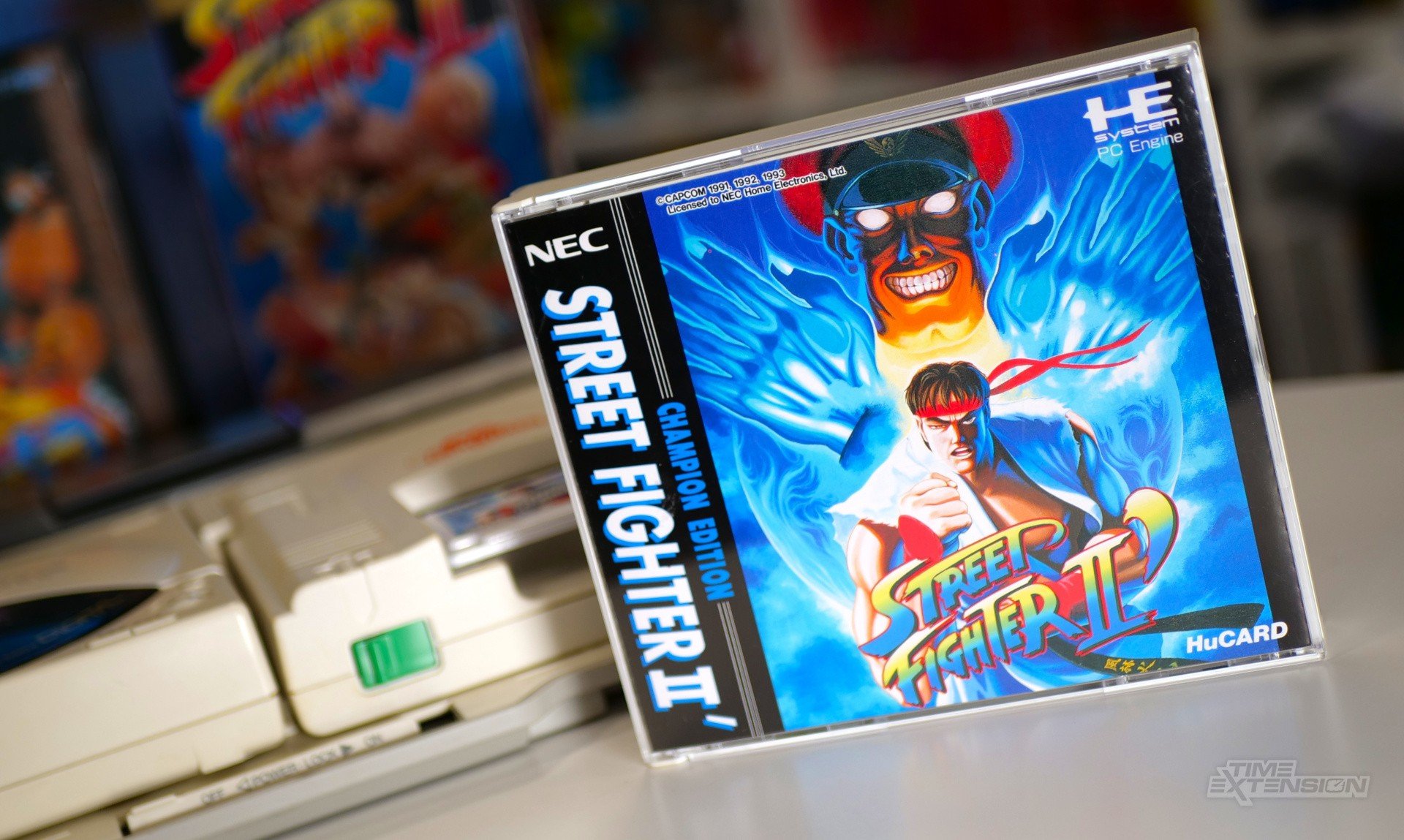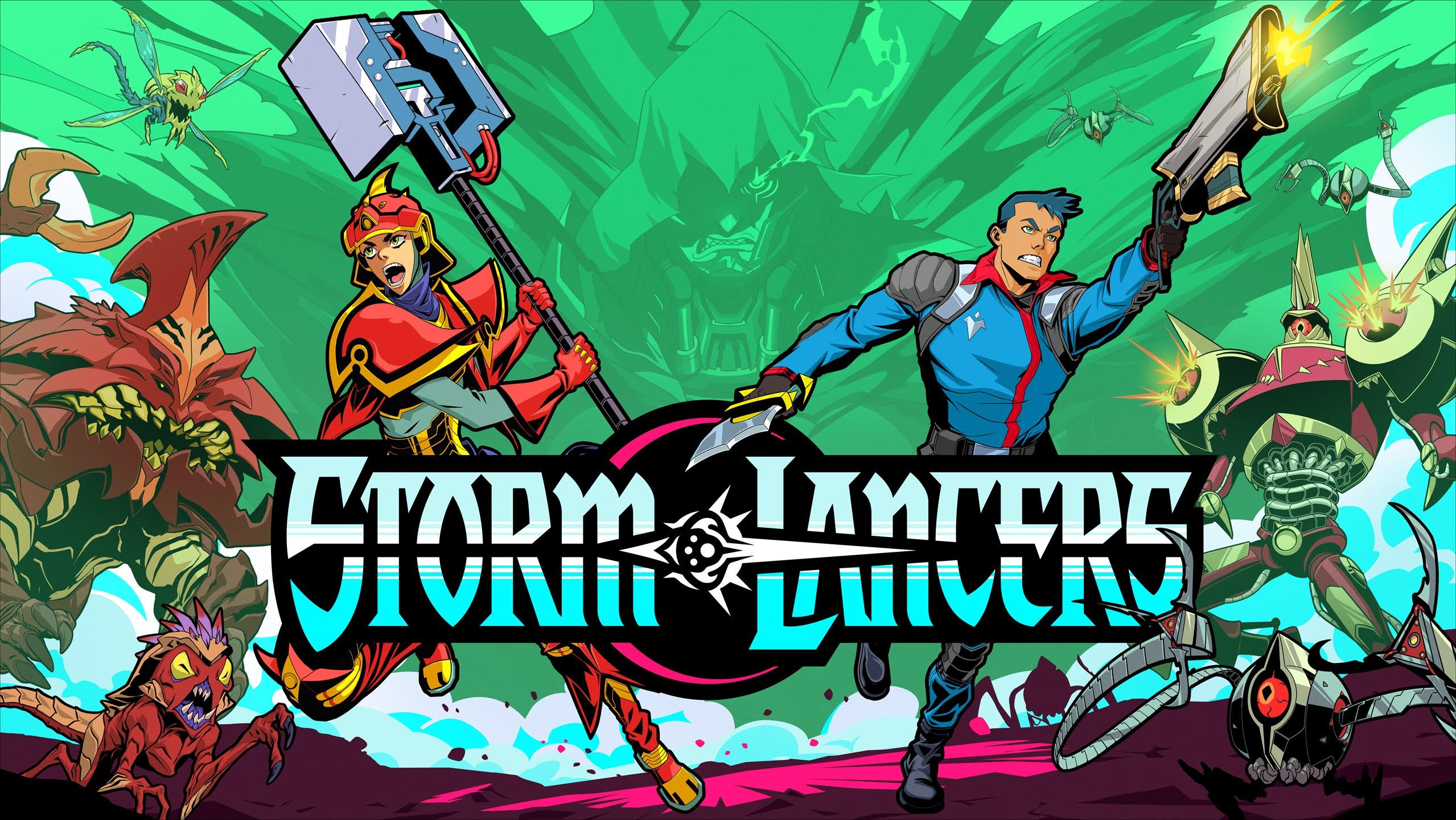How Nintendo Secured Street Fighter 2 Exclusivity for the SNES: The Untold TurboGrafx-16 Story
Entry information
Published on: November 11, 2025
Description
In the early 1990s, the home console market underwent a seismic shift when Nintendo secured the rights to Street Fighter 2, bringing Capcom's groundbreaking fighting game exclusively to the Super Nintendo Entertainment System (SNES).
Street Fighter 2, a global arcade sensation, was widely recognized as the must-have game of its era.
The announcement of its SNES release in June 1992 for Japan and July 1992 for North America shaped the competitive landscape, influencing console purchasing decisions for countless gamers and solidifying the SNES as a premier platform for fighting games.
However, as revealed in a recent interview with Steve Garwood, former president of Turbo Technologies, Inc.
(TTI) and Turbo Zone Direct, the narrative could have unfolded very differently.
TTI, a collaborative venture between PC Engine creators NEC and Hudson, was responsible for distributing the TurboGrafx-16 console in North America.
Turbo Zone Direct was later established to manage the North American presence of the TurboGrafx-16, Turbo Duo, and Turbo Express following TTI's withdrawal from the market.
Speaking to the Retro Game Club podcast, Garwood shared candid insights into the near-miss deal that could have seen Street Fighter 2 become a cornerstone of the TurboGrafx-16 library.
According to Garwood, TTI was on the verge of securing exclusive rights for the title, stating, "It was within our grasp to claim Street Fighter 2 as a Turbo exclusive.
We came incredibly close, and an exclusive release would have been transformative for our console."
Despite the opportunity, the business climate at the time ultimately dictated the game's fate.
As Garwood detailed, the parent companies in Japan were preparing to scale back their North American operations due to underwhelming sales figures for the TurboGrafx-16.
This strategic retreat meant the deal was never finalized, handing Nintendo a significant competitive advantage in the ongoing console wars.
Street Fighter 2 did eventually make its way to NEC and Hudson's hardware, but only in Japan, where the PC Engine received a port of Street Fighter II: Champion Edition in June 1993.
Meanwhile, the SNES enjoyed a full year's lead, capturing the excitement of fighting game enthusiasts worldwide.
Additionally, Sega's Genesis platform received the Special Champion Edition in September 1993, but the critical first-mover advantage had already been claimed by Nintendo.
This behind-the-scenes account highlights the pivotal moments and missed opportunities that defined the 16-bit gaming era.
For industry observers and retro gaming fans alike, Garwood's remarks offer a rare glimpse into the strategic decision-making that shaped a generation of gaming hardware and established the SNES as an iconic home for legendary fighting games.
For further details, the full interview with Steve Garwood is available on the Retro Game Club podcast.
Nintendo SNES Xbox Series X|S Street Fighter TurboGrafx-16 Street Fighter 2 console Xbox X|S Capcom Super Nintendo Entertainment System PC Engine Hudson NEC Turbo Zone Direct Retro Game Club Steve Garwood






